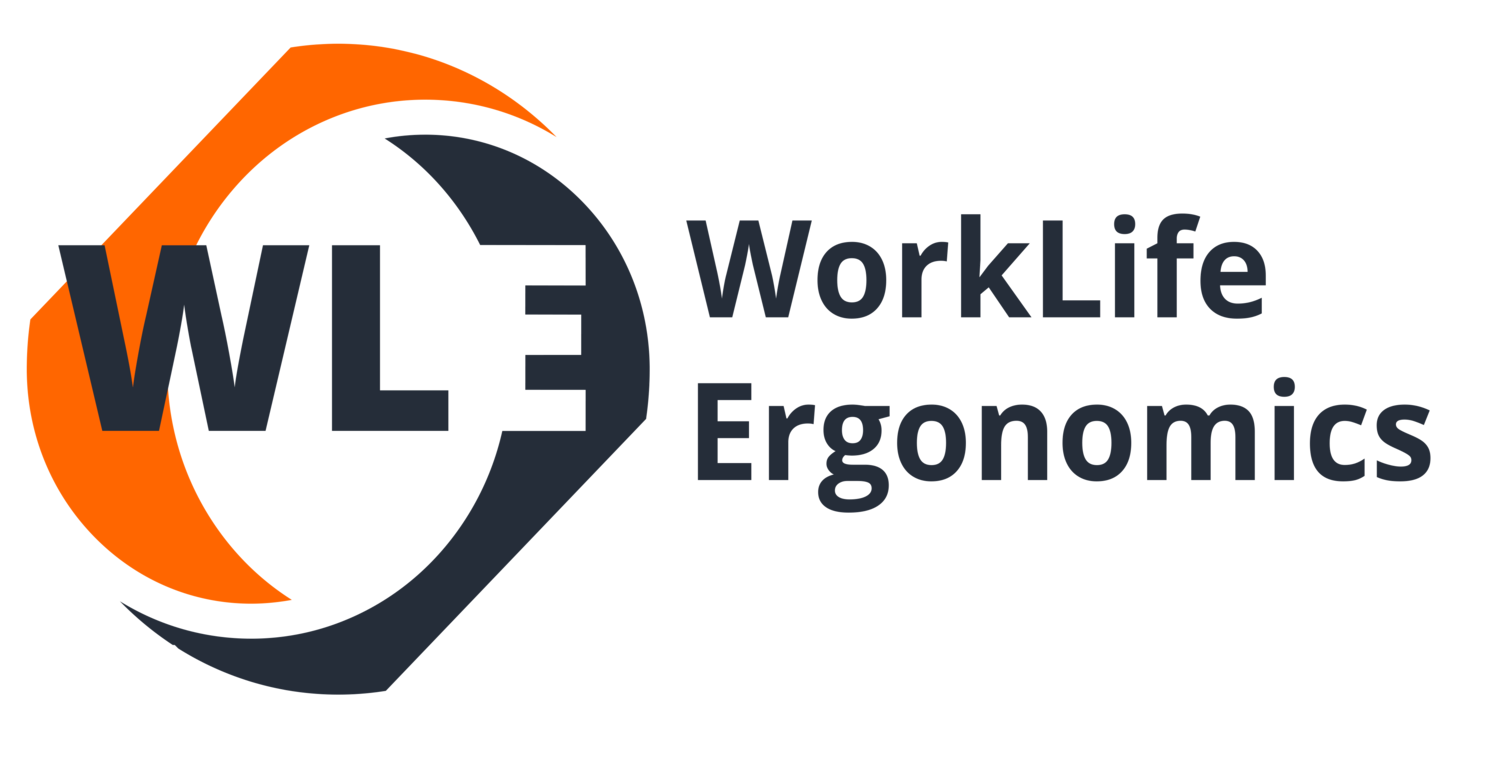The hidden cost to businesses:
employee comfort and workplace productivity
The workplace landscape has undergone a significant transformation with the proliferation of computers. In today's digital age, nearly everyone in the workforce is influenced by the presence of computers in their work environment. While this technological shift has revolutionised the way we work, it has also had a profound impact on employees' health and well-being. This blog will explore the cost to businesses of comfort issues within the workplace, particularly focusing on the adverse effects of sedentary desk-based jobs, musculoskeletal disorders, and the importance of ergonomic principles in fostering a healthier and more productive workforce.
The impact of sedentary lifestyles
With the rise of desk-based jobs, sedentary lifestyles have become more prevalent. Unfortunately, a sedentary lifestyle can have dire consequences for employees health, increasing their risk of developing significant illnesses such as heart disease and diabetes. Lack of movement can reduce muscle strength, flexibility, postural tone, and overall fitness, making individuals more susceptible to work-relevant musculoskeletal disorders (WMSDs). The top three WMSD’s desk based workers report are neck pain, back pain, and upper limb discomfort.
One in five individuals seeks medical attention for musculoskeletal disorders, and these issues can significantly impact productivity and well-being. As an employer, it is crucial to address these concerns early on to prevent them from escalating and causing more problems including absenteeism.
The high cost of comfort issues
Back pain, in particular, is a prevalent issue in the workplace. A staggering 80% of people will experience an episode of back pain during their lives and for some this will result in sick leave. These absences quickly accumulate into substantial financial losses for companies. Employers must convey the importance of minimising comfort issues and ensure that their employees have comfortable work setups, whether in the office or while working remotely and that they schedule regular movement into their working day.
Home workers and display screen equipment (DSE)
The Health and Safety Executive (HSE) mandates that employers have the same health and safety responsibilities for home workers as for those in the office. Employees who use display screen equipment (DSE) for extended periods of an hour or more must undergo a workstation assessment. This is because DSE users are at a higher risk of developing musculoskeletal disorders (MSD’s). In fact, MSD’s accounted for 28% of all work-related ill health cases in 2020/2021.
A proactive approach to addressing comfort issues through regular education and training, expert support and workstation assessments has shown positive results. Engaging directly with employees and asking the right questions can help identify and address problems early, reducing the likelihood of health conditions becoming chronic and leading to lower productivity and more time off work. With long term pain sufferers there is a higher chance of poor mental health, such as depression and anxiety.
The importance of a suitable set up and regular movement habits
Many comfort issues in the workplace can be attributed to a lack of understanding of basic ergonomic principles. A shocking 70% of desk workers are unaware of how to position themselves at a desk to minimise neck and back strain. Proper education around ergonomics can remedy most of these issues and improve overall well-being.
Ergonomics not only minimise musculoskeletal issues but also enhance workplace productivity. Employees suffering from discomfort, such as back pain, work at approximately 15% below their capacity, for a full time employee this is almost a day a week of lost working time. An comfortable workplace setup with regular movement allows employees to concentrate better, resulting in higher-quality work.
Moreover, addressing comfort issues through ergonomic improvements demonstrates a company's commitment to employee health and safety, increasing job satisfaction and retention. Replacing an employee can be costly, considering recruitment and training expenses. By investing in employee comfort and health, companies can keep their teams engaged and productive.
Hidden costs and productivity loss
Sickness absence is not always an accurate measure of productivity loss, especially among computer users. Many employees endure discomfort and continue to work, masking the true cost of discomfort and disorders to an organization. Studies have shown that employees who report musculoskeletal symptoms experience an average reduction in productivity of 15%. Surprisingly, only about one-third of these workers take sick leave and they rarely communicate the problem to their employer.
We know that pain is a distraction and, like any distraction, it affects how focused and productive one is. Being in pain also impacts mood and emotions, and with employee happiness linked to engagement and retention this is an important factor to consider. In a survey of 250 desk-based workers, 53% of them reported comfort issues relevant to their work, with the top three being neck, back, and upper limb discomfort. A proactive approach including education, training and workstation assessments resulted in 80% of these workers reporting a significant improvement or resolution of their comfort issue.
In conclusion, the hidden cost of comfort issues in the workplace is substantial. Businesses should prioritise employee health, comfort, and well-being through ergonomic solutions and proactive measures. By doing so, they can reduce musculoskeletal disorders, improve productivity, enhance job satisfaction and retention, and ultimately create a healthier and more productive workforce. Addressing comfort issues early is not just a financial investment but also a commitment to the overall success and sustainability of a company.
